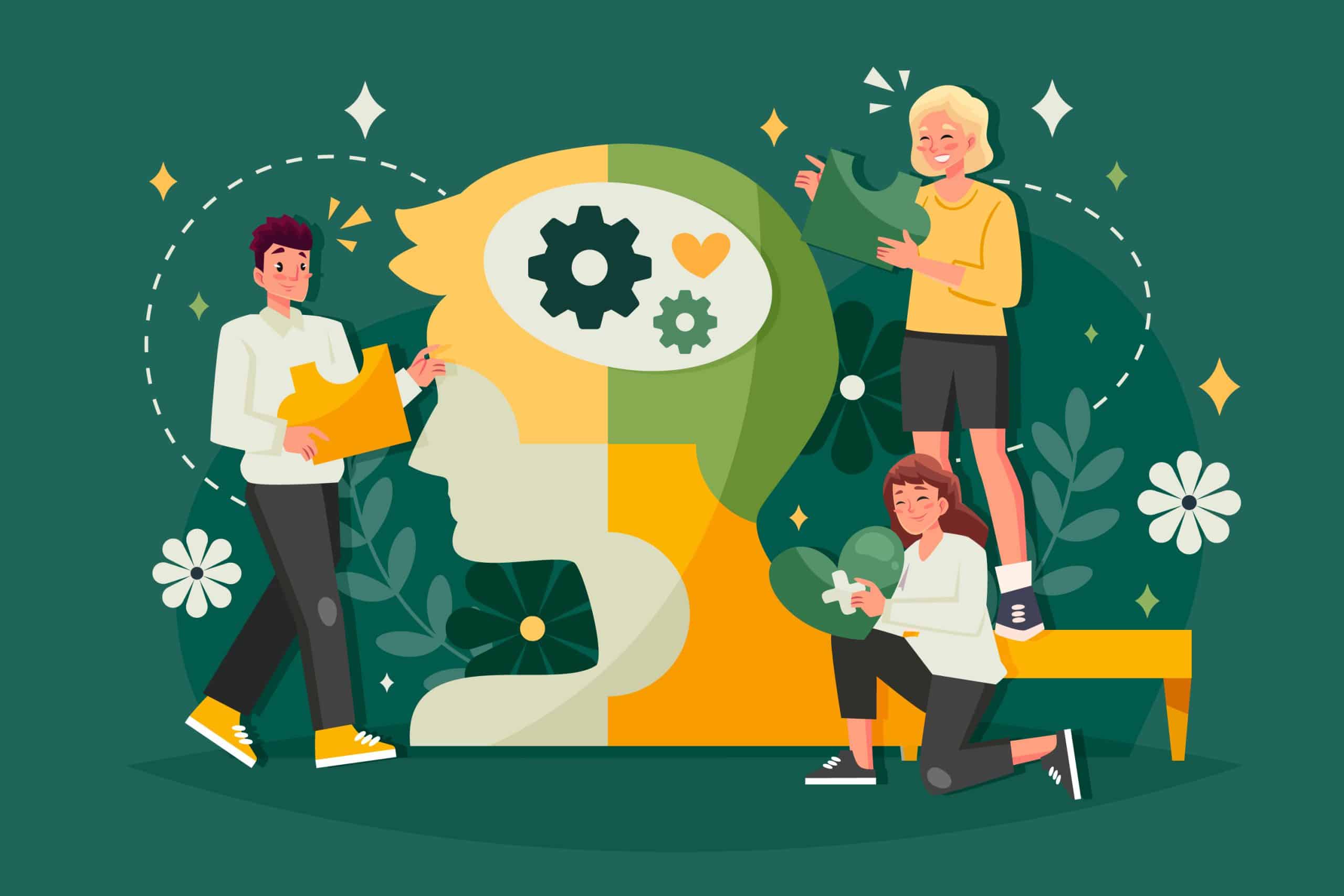Imagine waking up one morning and deciding: today, no notifications, no scrolling, no checking — just being offline. At first, it might feel unfamiliar or even unsettling. However, as the quiet sets in, so does a sense of clarity and calm. But what would an actual “Offline Day” look like in 2025? Far from a vague idea, it’s now steadily evolving into a deliberate cultural and wellness movement. Moreover, in recent years, the push for intentional screen-free time has gained real momentum. As a result, the concept of an Offline Day is becoming increasingly accessible and relevant. Specifically, digital Sabbaths, detox retreats, and dumb-phone weekends are all trending. Given this growing movement, it’s worth exploring what an actual Offline Day could look like for you. Therefore, here’s a practical, real-life guide to planning your own Offline Day, grounded in emerging trends and backed by research.

Why “Offline Day” Is Trending Now
To begin with, the concept of an Offline Day is rooted in the broader digital detox movement, which has surged in popularity. In fact, during 2024–2025, screen time averaged nearly 7 hours daily per person. As a result, high-profile figures and communities are increasingly embracing disconnect routines. For instance, weekly digital Sabbaths promoted by social psychologist Jonathan Haidt are gaining traction. Additionally, celebrities like Ed Sheeran and Justin Bieber are gravitating toward “dumb phones,” further fueling this trend.
Furthermore, wellness retreats now even advertise “no‑Wi‑Fi” stays, with luxury resorts like Grand Velas in Mexico and Urban Cowboy Lodge implementing digital detox programs. So, Offline Day is far from a fringe idea—it’s becoming aspirational, healthy, and even luxurious.
Defining Your Offline Day
Start by setting clear intentions. Define what “Offline Day” means for you:
- Full-Screen Break: Put phones, tablets, computers completely away.
- Selective Disconnect: Only allow essential calls or emergencies.
- Device Swap: Use a “dumb phone” or repurpose an old device for calls/texts only.
As a result, this clarity helps prevent decision fatigue mid-day and sets mental boundaries, making it easier to maintain your commitment throughout the day.
Preparing for Your Offline Day
Advance Planning
- Let key contacts know your plan, including emergency number reachability.
- To ensure smooth communication during your Offline Day, consider using scheduling tools to auto-send replies such as: “I’m offline today — will respond tomorrow.”
Environment Setup
- To ensure a smooth and meaningful experience, be sure to prepare a few essentials in advance. These might include a notebook for jotting down thoughts, a pen, printed maps for navigation, and a dumb phone with a charging station to stay reachable if needed.
Craving the Trigger In today’s hyper-connected world, the urge to check your phone can feel almost instinctive. This is no accident. In fact, modern smartphones are engineered to keep us hooked—through infinite scroll, real-time notifications, and algorithm-driven content loops. Therefore, deliberately removing these digital triggers is a critical step. Doing so allows you to reclaim control over your attention, creating space for uninterrupted thought and intentional living.
A Sample Offline Day Schedule
| Time | Activity | Purpose |
|---|---|---|
| 7:00 AM | Morning without screens | Calms the mind before stimuli begin |
| 8:00 AM | Walk or gentle exercise | Boosts well-being, helps unplug |
| 9:00 AM | Offline breakfast + journaling | Encourages mindfulness and reflection |
| 10:30 AM | Read a physical book | Boosts focus without digital noise |
| 12:00 PM | Cook without a recipe | Encourages being present |
| 2:00 PM | Outdoor hobby or gardening | Promotes creativity and grounding |
| 4:00 PM | Board game, puzzle, or craft | Encourages social connection (if with others) or creativity |
| 6:00 PM | Offline social time | Strengthens relationships |
| 8:00 PM | Analog wind-down (no screens) | Better sleep, mental calm |
This structure illustrates how a day might flow. Of course, tailor it to your interests—hiking, painting, cooking, or simply resting.
Proven Benefits of Going Offline
- Reduced Stress & Anxiety
Stepping away from constant stimuli lowers stress, akin to benefits proven in systematic studies. - Improved Sleep & Circadian Health
Screen-free evenings preserve melatonin cycles, promoting deeper rest. - Boosted Attention & Creativity
Screen breaks improve concentration and creative thinking. - Enhanced Relationships
Families report better bonding after screen-free weekends. Phone‑free events also foster deeper social connection. - Emotional Reset
Scholars find that digital detox can reduce depressive symptoms.
Embedding Offline Habits Regularly
Make It Recurring
- Try a weekly digital Sabbath.
- Or “screen-free Sundays” with family, games, and outdoor time.
Tools to Help
- Cold turkey approach: physically shut off and store devices.
- “Dumb phone” use: helps reduce temptation.
- Use simple social contracts: e.g., “no screenshots at dinner.”
Group Support
Offline Clubs, retreats, or digital detox travel (even local cabins) offer accountability and shared experience.
Converting a Detox Day Into a Lifestyle
Beyond one day, consider:
- Screen-free zones: bedrooms, dining tables.
- Scheduled tech windows: e.g., tools on only during set hours.
- Offline hobbies: reading physical books, analog crafts, gardening.
Building offline rituals gradually cements them into everyday life.
Potential Hurdles & How to Overcome Them
- Fear of Missing Out (FOMO): Write out why the break matters to you—digital detox advocates warn against guilt messaging.
- Social pushback: Explain to friends/family you’re doing it, set expectations.
- Convenience concerns: Use a paper map, pre-plan groceries.
- Work needs: Allow brief check-ins if necessary—but strictly schedule them.
The Cultural Surge Behind Offline Living
- Resorts now offer no‑Wi‑Fi getaways, catering to affluent digital detox seekers.
- “Offline wellness” is mainstream, with flip-phone comeback and phone-free clubs expanding globally.
- Major surveys (Hilton, BBC) show ~25–27 % of travelers opting to unplug during trips.
Why You Should Try a Day Without Screens
A wellexecuted Offline Day offers:
- Practical mental health benefits: stress reduction, lowered depressive symptoms.
- Stronger human connections and enhanced presence.
- Renewed creativity and focus.
- A model for consistent offline habits that support long-term well-being.
Final Take
A day without screens in 2025 is more than a trending wellness buzzword; it’s a deliberate wellness practice backed by research, cultural momentum, and real-world results. Whether you unplug weekly, monthly, or annually, taking time offline can reset your mental state, enhance relationships, and remind you what life feels like without a screen glow.
References
- A Comprehensive Review on Digital Detox… netmeds.compmc.ncbi.nlm.nih.gov+2pmc.ncbi.nlm.nih.gov+2en.wikipedia.org+2
- NetMeds & Wellness360 on mental/physical benefits blog.wellness360.co
- Clarity Clinic study on mood/sleep improvements claritychi.com
- Systematic mental health meta-analysis
- Jonathan Haidt on weekly digital Sabbath weforum.org
- Vogue’s digital detox resorts report vogue.com+2nypost.com+2
- Adelaide Now on flip-phone revival theguardian.com+2adelaidenow.com.au+2nypost.com+2
- NY Post/Hilton report on detox retreats netmeds.com+7pmc.ncbi.nlm.nih.gov+7nypost.com+7
- Business Insider family digital detox weekend arxiv.org+15npr.org+15
- The Guardian on phone‑free social clubs theguardian.com+1npr.org+1






